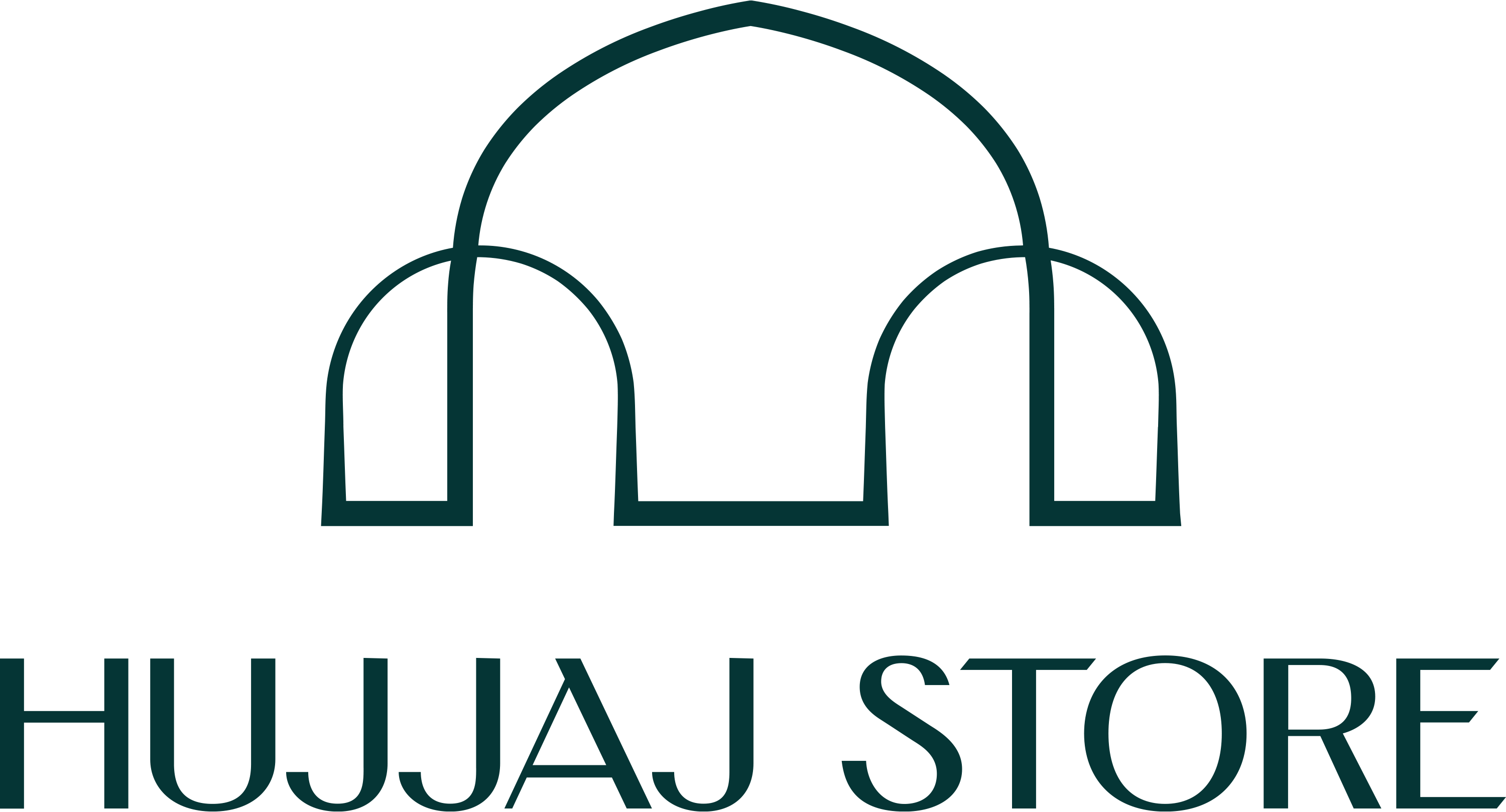The Sites of Madina

Madina is an amazing and unique city. The city of the Prophet ﷺ, is the city of light, a place that relaxes your soul like no other, and one that is beloved to Muslims wherever they are. Of course, the biggest draw is Masjid An Nabawi, but the city is steeped full of religious and historical sites to be visited. Here are some details about a few of the main ones you don’t want to miss.

Masjid Quba
Masjid Quba, the first masjid built in Islam and one that Muslims everywhere love, and love to visit.
Its virtue is mentioned in Surah Tauba,
‘Verily the mosque whose foundation was laid from the first day on piety is more worthy that you stand therein to pray.’
And its position was established from its very beginning.
When the Prophet ﷺ was on his hijrah from Mekkah, he stopped first at Quba, which was then a small village just outside Madina. Here, with his own hands, he carried the rocks to build the masjid until he was bent over and covered in dust.
The Ansar who had been awaiting his arrival, and the Muhajiroon who had come from Mekkah all joined in the completion of the building, and when the qibla was changed toward Mekkah, the Prophet returned and said ‘Jibril leads me in prayer facing towards the Ka’aba’ and the stones were brought and the new qibla was set, and it is said to be one of the most accurately positioned Qiblas.
It was the first mosque in which the Prophet ﷺ and his companions prayed openly in congregation, and one that he visited every week Saturday either walking or riding. The Prophet ﷺ said ‘whoever went out until he came to this mosque, Quba mosque, and prayed therein it would be equivalent ( in reward) to performing Umrah’
Definitely one of the main places to visit in Madina, and one that you will enjoy, it is included in all organised tours, as well as there being regular shuttle buses running between the Haram and Masjid Quba, and many private hire taxis than can drop you off for a small fee.
Google map link: https://goo.gl/maps/28qzuJZzqRJgavqh6

Shuhada Uhud
Shuhada Uhud, as the name suggests is the place where the martyrs of the battle of Uhud are buried. There is a small fenced off graveyard, where visitors can stand and make dua. At busy times there is a bustling marketplace, and there is also a large newly built masjid. The whole area is at the foothill of Mount Uhud, the archer’s mountain and the battleground itself.
It was here, in the year 3AH, that the second battle of Islam took place. The Quraish of Mekkah, eager for revenge against the Muslims after their great losses in the battle of Badr came to Madina armed with 3000 soldiers, with hundreds of camels and horses and 700 coats of mail. Even the wives of the soldiers and of the slain chiefs from Badr came to see revenge being taken.
The Muslims were positioned with Mount Uhud behind them at one end and with 50 archers specifically positioned on the small mount which would be at the back of the other end of the battleground. These archers were to provide protection from attack and were given specific orders not to come down under any circumstance.
The battle raged with the Muslim army gaining the upper hand, and when the polytheists were retreating, and the Muslims were coming together to share the booty the archers saw the victory and came down from the mount. Abdullah bin Jubair who had been left in charge of them implored them not to, and to remember the orders of the Prophet ﷺ, but hardly 10 of the 50 archers remained in place. As the archers left their station the Quraish seized their opportunity with Khalid bin Waleed, who was at that time fighting with the Quraish, bringing his army back round to attack again, and this time the protection was gone. Abdullah bin Jubair was the first to be martyred and chaos ensued.
In all the chaos, the enemy fought their way close to the Prophet (ﷺ) who was hit with a rock and fell on his side. One of his front teeth was chipped, his lower lip was cut, and his helmet was damaged, and when Musab ibn Umayr was killed, his close resemblance to the Prophet ﷺ led people to declare the Prophet ﷺ had been killed, leading to further dissolution amongst the ranks.
The Prophet ﷺ withdrew to a cave in the mountain, which is still visible today, and from there he led the Mulsims to victory, and the Quraish once again left defeated. Although the Muslim martyrs were many, nearly 70 in total, amongst them the uncle of the Prophet ﷺ Hamza bin Abdul Muttalib, the disbelievers returned to Mekkah, and the battle was a victory for the Muslims.
The Prophet ﷺ used to visit the graves of the martyrs, and so it is one of the sunnah sites to visit in Madina, keeping in mind the rules of visiting graves.
Google map: https://goo.gl/maps/RWihsKfQv7FMWryf8

Mount Uhud
One of the most important natural features in Madina, Mount Uhud is reddish in colour and located about 5km north of the Prophet’s masjid. It is approximately 8km long, 2-3 km wide, and rises to about 300m.
The Mountain holds an important position in the hearts of the Muslims. It is the sight of one of the most important battles of the Prophet ﷺ, one of the boundaries of the Haram areas and the Prophet ﷺ said of it
‘Uhud is a mountain that loves us and we love it’
Apart from visiting the site of the battle at Shuhada Uhud, there are several parks built around the base and on the side of the mountain.
Google Map: https://goo.gl/maps/TDmyVQXw3HMgxdnH6
https://goo.gl/maps/LMT4MMVGSqJxDaJr7

Masjid Qiblatain
Historically relevant as the masjid where one salah was prayed with 2 qiblas. The masjid is sometimes called Masjid Bani Salamah as it is located in what was the village of Banu Salamah.
In the year 2AH when the revelation came to change the qibla from Bait al Maqdis in Jerusalem to the Kaaba in Mekkah, a group of the companions from the Ansar were praying their salah, and they changed their qibla during their salat, hence the name Masjid Qiblatain, ( two Qiblas).
Inside the masjid to this day, on the wall, there is a marker opposite the present qibla wall showing the direction of the original qibla.
Google map: https://goo.gl/maps/37VJMs93b1voeRxr7

Masjid Jumuah
So-called because it is the place where the Prophet ﷺ led his first Jumuah salat, Masjid Jumuah is located about 1km north of Masjid Quba. When the Prophet ﷺ and his companions left Masjid Quba to continue their hijrah journey to Madina, the people of Banu Salim urged him to stop and stay with them a while. He dismounted and along with approximately 1000 followers he prayed Jumuah salat. After this, he mounted his camel again and continued his journey to Madina.
Google Map: https://goo.gl/maps/2n3GTptNgiswBNAb8

The Seven Masajid
A new masjid built on a site close to the site of seven historically frequently visited masajid. As the masajid were of no religious significance one large masjid has been built marking the same area. The immediate area contained six of the seven masajid, the seventh being Masjid Qiblatain, approximately 2km away
- Al-Fath Mosque
This is the largest mosque of the six small masajid, and it is located beneath Mount Sala'. It is said to be named Al-Fath (victory) due to the Prophet ﷺ having prayed here during the Battle of the Trench, which ended in a victory for the Muslims.
- Salman Al-Farsi Mosque
Located 20 meters south of Al-Fath Mosque, named after Salman Al Farsi, who led the construction of trenches during the Battle of the Trench.
- Abu Bakr As-Siddiq Mosque
It is located 15 meters southeast of Salman Al-Farsi Mosque.
- Umar bin Khattab Mosque
It is located 10 meters south of Abu Bakar As-Siddiq Mosque.
- Ali bin Abi Talib Mosque
Thought to be the location from where Ali bin Abi Talib joined the Battle of the Trench.
- Fatimah Az-Zahra Mosque
Google Map: https://goo.gl/maps/f8mkGoRCnpKsAe6E9

Wadi Al Aqeeq
Wadi Al Aqeeq runs along the western side of Madinah. Reported in Sahih al Bukhari that the Prophet ﷺ referred to it in one hadith as the blessed valley, and in another that he saw in a dream that he was ordered to pray in the blessed valley, and say: (I intend to do) ‘Umrah and Hajj.
Many sahabah, after the death of the Prophet ﷺ, built houses around the Al-Aqeeq valley. One of which is the castle of Urwah Bin Zubair (Allah show mercy on him), the restored version of which still stands today.
Google Map: https://goo.gl/maps/QXNhjGeVi5THUUQN8
If you come to Madina, don't miss out on the sunnah visits to Masjid Quba and Shuhada Uhud, and if you are interested in seeing sights of historical significance, you could definitely start with these, and look out for our second guide to the other less frequently visited sites.

